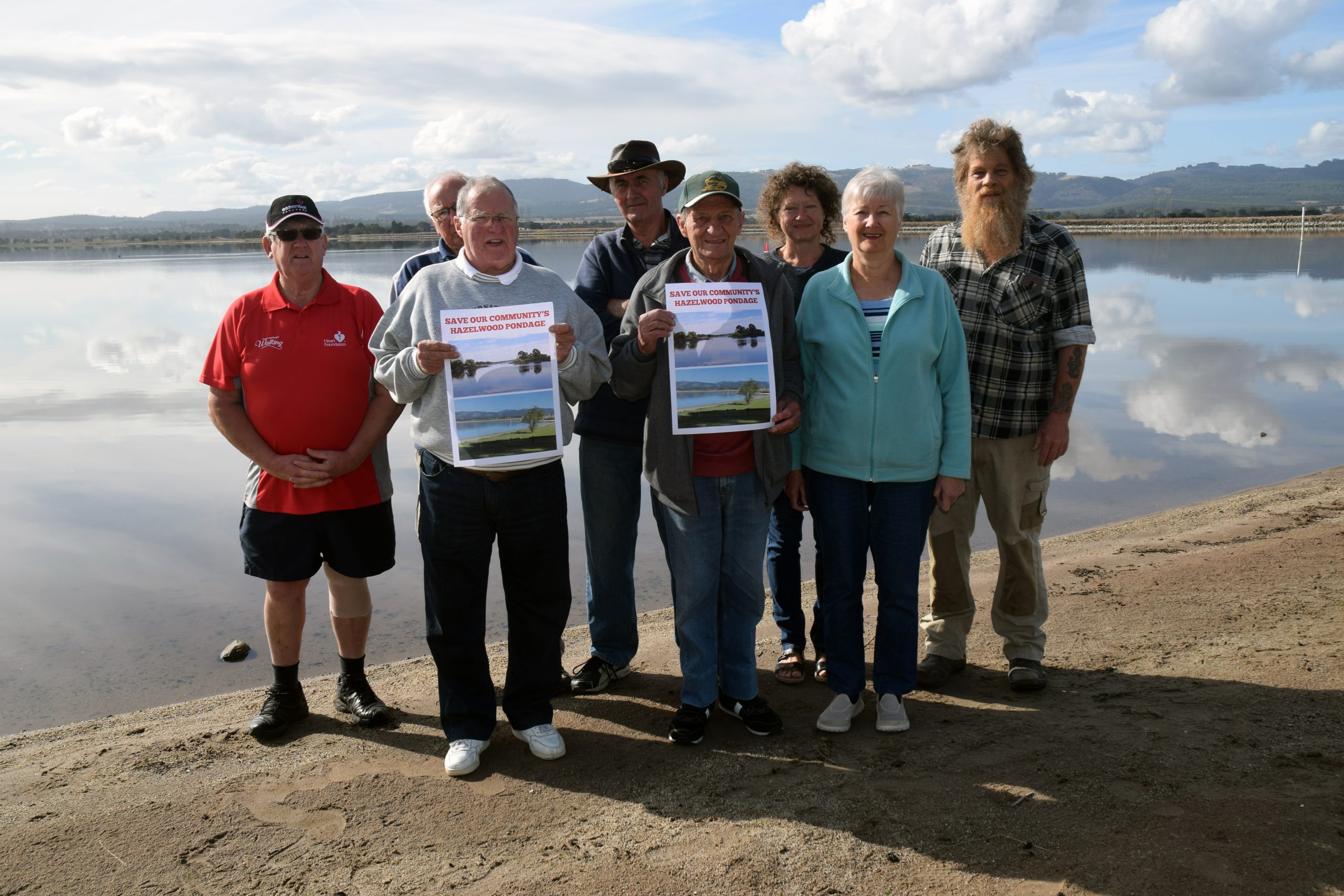
ZAIDA GLIBANOVIC
By ZAIDA GLIBANOVIC
WITH the cost of living crisis increasing and the housing supply scarce, the state government has released new housing reforms, unveiling short-stay levies, faster planning permit approvals and rent protections.
However, the plan was immediately attacked by The Nationals Member for Eastern Victoria Region, Melina Bath, as a “fabrication”.
The former Premier, Daniel Andrews, announced on September 20 a plan to build a target of 152,000 homes in the next decade in regional and rural Victoria before announcing his retirement last week.
Victoria’s Housing Statement – The Decade Ahead 2024-2034 set a target to build 800,000 new homes across the state over the next ten years by targeting areas that will boost the housing supply.
Key changes include:
- A crackdown on landlord rent scalping and real estate breaches;
- Planning permits for secondary dwellings (granny flats or home offices) on properties have been scrapped;
- The government will open up state-owned land for development if it includes affordable housing;
- The Victorian Homebuyer fund will receive a $500 million boost;
- The introduction of a 7.5 per cent short-stay levy, and;
- The government will take control of larger-scale developments both in metropolitan and rural areas.
Ms Bath said social and affordable housing in Victoria was going backwards at an alarming rate under Labor.
“Given Daniel Andrews has failed to deliver the promised 12,000 new homes in the last three years with a $5.6 billion budget, there’s zero chance Labor will be able to deliver 800,000 homes in 10 years,” she said.
“There is no plan for housing in the state – Labor’s latest offering is a glossy document that will do little to turn the tide on Daniel Andrews housing mess and assist vulnerable people.
“Housing has stymied under Labor due to 50 new taxes, rising cost of living, record debt, resource shortages from the closure of the native timber industry, labour skill shortages, and billion dollar budget blowouts.”
Ms Bath said vulnerable Victorians were further away today from achieving a safe, secure, and affordable roof over their heads than they were eight years ago under the Labor Government.
“In regional Victoria homelessness has become a huge problem and our support services are struggling with increased demand,” she said.
Ms Bath said Labor has been undertaking a massive sell-off of Victoria’s public housing. Since 2018, there had only been a net increase of 74 residences in the state’s social housing stock, a mere 15.6 houses a year.
“Now Daniel Andrews is claiming he will deliver 80,000 each year for 10 years – it’s pure fabrication,” she said. “Meanwhile, there’s been a doubling of the public housing waitlist in the state over the past eight years – 68,000 Victorians are stuck on the waitlist, 33,727 more than in 2016,” she said.
“The shortage in social and affordable homes is a direct consequence of Labor’s bad management and vulnerable Victorians deserve better.”
According to the state government over the last year, the number of dwellings approved across the state fell by 26.1 per cent, and the state government hope to combat this by expanding Victoria’s Development Facilitation Program. This will make the Minister for Planning the decision-maker for big residential developments, including affordable housing for developments worth at least $15 million regionally.
This means that if developments regionally are worth more than $15 million and deliver at least 10 per cent of affordable housing, the minister becomes the planning permit decider, not the local council.
The state government aims to fast-track projects by clearing the backlog of planning permits waiting to be approved and standardising rules and legislating faster bureaucratic processes. This aims to give builders, buyers and renovators more certainty about the time frames for approvals.
Further, the government announced how the state would make it easier to build a second home on your property; it has scrapped planning permits for dwelling garden units if they’re less than 60 square metres. There are plans to also introduce more permit exemptions for single dwellings for things such as extensions to sheds and carports.
The short-stay levy is a new tax on short-term accommodations such as Stayz or Airbnb that reduces properties’ ability for long-term use. The Short Stay Levy will be set at 7.5 per cent of the short stay accommodation platforms’ revenue.
The revenue from the levy will go to Homes Victoria to build and maintain social and affordable housing across the state, with 25 per cent of funds to be invested in regional Victoria. The state government has also made a commitment to protect tenant rights by promising crackdowns or landlord and agent malpractice.
Because saving money for a deposit is difficult, the state government will boost the Victorian Homebuyer Fund by $500 million, giving more people access to the housing market.
Master Builders Victoria welcomed the plan as a positive step in addressing housing demand that gave builders confidence, while the Property Council of Victoria said the fast-track features would benefit the sector greatly.
However, the Council to Homeless Persons (CHP) said the government’s plan did not go far enough to address social housing needs. The CHP welcomed the measures taken in rental protection but said a more specific increase of social housing was needed to combat a huge shortage.
The ministerial takeover of larger housing developments was also criticised. The Municipal Association of Victoria (MAV) said there was uncertainty in what the changes to planning would mean for councils.
The MAV deputy president, Cr Joseph Haweil, said applications classified as significant can choose to go down this alternative assessment pathway.
“Developments can qualify as significant in a range of ways: through the proposed cost of development, being delivered in partnership with the state government, or simply being deemed so by the Minister,” Cr Haweil said.
“And while residential development must include at least 10 percent of dwellings as affordable housing to qualify as significant, communities will rightly be concerned that the Minister has been given the power to reduce or remove this requirement with no guidelines around when that would be appropriate.”
Also of concern was that the Minister can choose to ignore existing height and setback requirements that would otherwise apply to these developments.
“Councils want to ensure communities are not completely locked out of the planning process with no third party appeal rights in respect of these applications,” Cr Haweil said.
A Latrobe City Council spokesperson said they were eager to work with the state government to boost housing.
“Council looks forward to the opportunity to work in partnership with the State Government to increase housing supply and diversity for the Latrobe community through the $1 billion Regional Housing Fund and $150 million Regional Worker Accommodation Fund.
“The State Government currently has a list of projects that do not go through the standard planning permit application process. Last week’s announcement by the Government saw an increase of the types of housing projects that can be exempt from the standard planning permit process, removing the ability for the community to have a say. The community has an expectation to be included in the conversation when it comes to change.”










